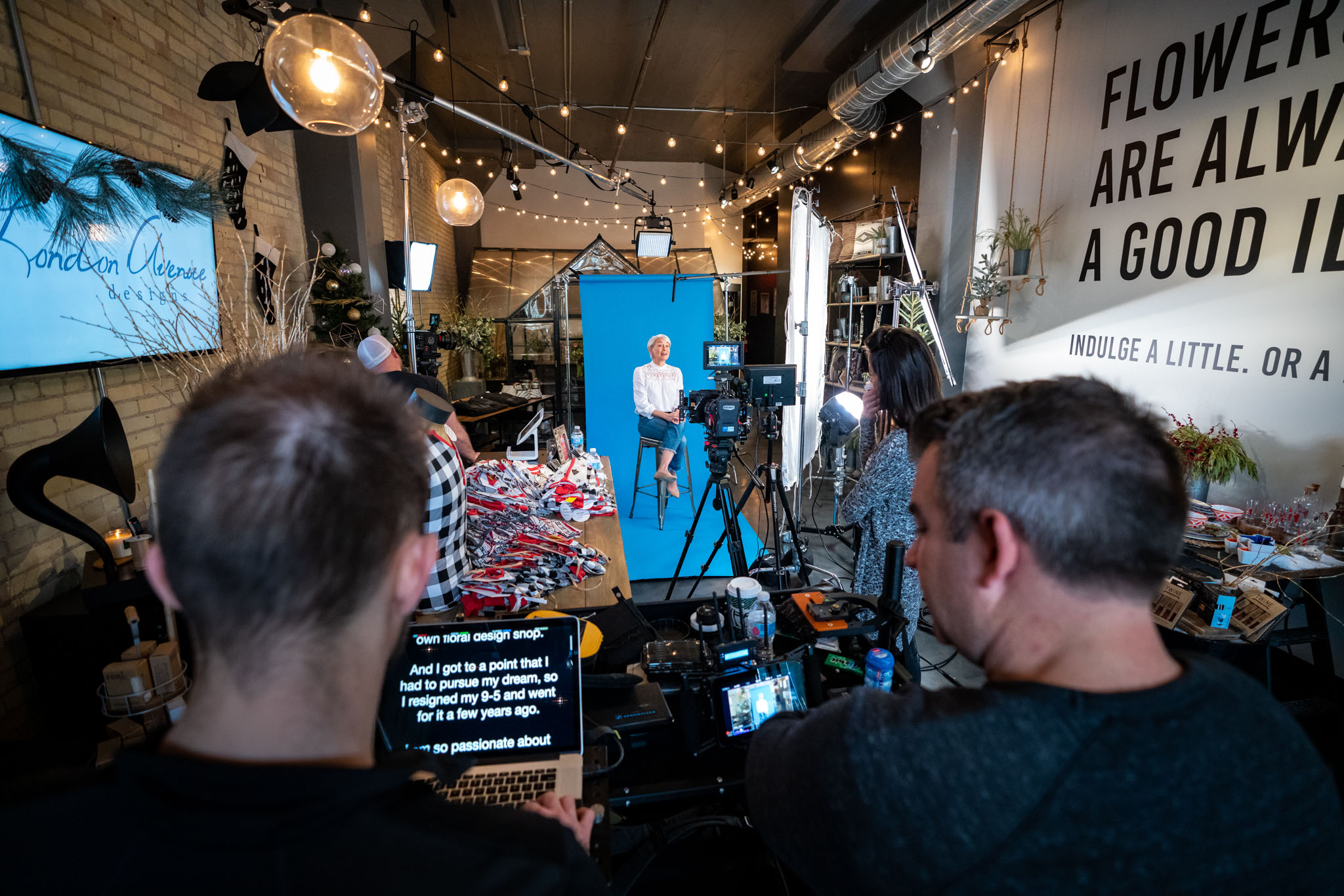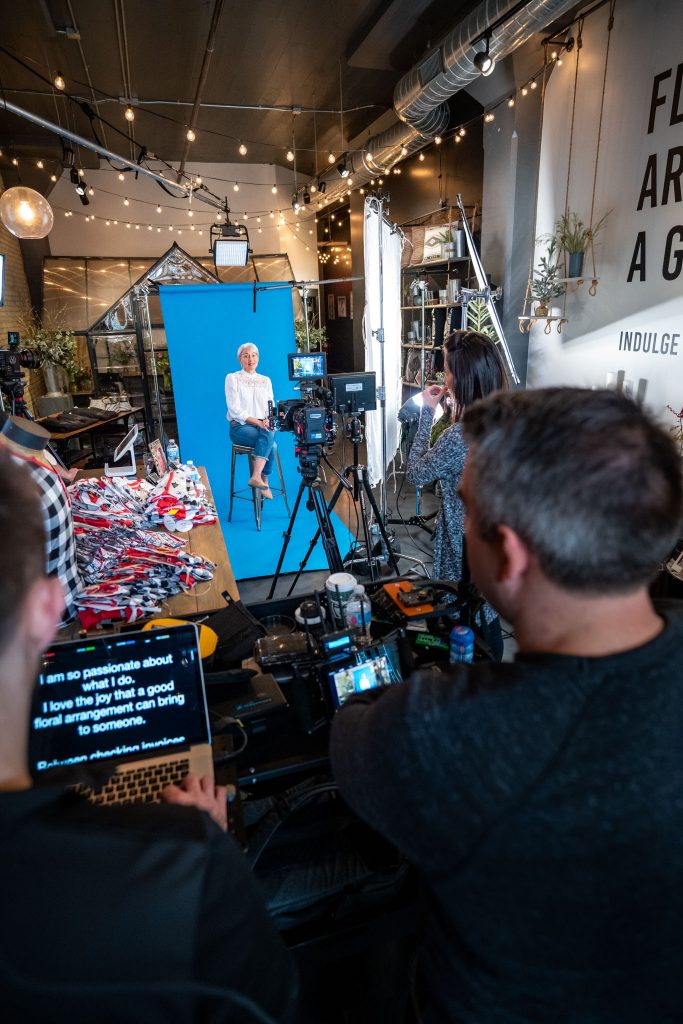With the world on fire, we have all needed a brief escape from it all. During quarantine, my escape was “Community” on Netflix.
Community is a sitcom created by Dan Harmon that aired on NBC and Yahoo! Screen from September 17, 2009, to June 2, 2015 set at a community college in the fictional Colorado town of Greendale. It makes heavy use of meta-humor and pop culture references, often parodying film and television clichés and tropes.—Wikipedia
It is super weird, so don’t watch it if you don’t like weird.
While I was watching it, I noticed all of these patterns in the storylines that seemed different. I took a deep dive into Dan Harmon, the creator, and I stumbled upon several video essays about his concept of the “Story Circle.”
Harmon began developing the technique in the late ’90s, while stuck on a screenplay. He wanted to codify the storytelling process—to find the structure powering movies and TV shows. “I was thinking, there must be some symmetry to this,” Harmon told Wired. “Some simplicity.”—Wikipedia
If you look into any storytelling techniques, you will also be thrown into the internet rabbit hole of Joseph Campbell’s “Hero With a Thousand Faces.” In that book, Campbell discusses his theory of the mythological structure of the journey of the archetypal hero found in world myths.
George Lucas says that there is no Star Wars without Joseph Campbell.
When Dan Harmon began developing the formula for the story circle, he took Campbell’s structure of the Monomyth. He made it into a simple, eight-step process that would reliably produce coherent stories.
According to Wikipedia: The story circle can supposedly be applied to all stories. Harmon uses it whenever he is writing a new story, saying, “I can’t not see that circle. It’s tattooed on my brain.”[24]
The circle is divided into eight segments, each representing a stage of the plot. A character is introduced, wants something, enters a new environment, adapts to that environment, and achieves their goal, but encounters problems and leaves that world and changes as a result. The steps are as follows:
- A character is in a zone of comfort or familiarity.
- They desire something.
- They enter an unfamiliar situation.
- They adapt to that situation.
- They get that which they wanted.
- They pay a heavy price for it.
- They return to their familiar situation.
- They have changed as a result of the journey.
After watching Community and studying Dan Harmon’s Story circle, I wondered if I could apply this structure to some of the corporate video scripts that I was tasked with writing.
Now, selling an ice cream machine doesn’t involve fighting stormtroopers or Darth Vader, but I began to wonder, what if we made the customer the hero? What if we applied some of the techniques and asked:
- What does the customer want?
- What problems do they encounter along the buyer’s journey?
- How can the product solve their problem?
- What happens when the customer gets what they wanted?
- How can the product change the customers’ life as a result of buying the product?
Often, corporate video makes the company the hero.
It becomes this chest-pounding video that doesn’t move the needle or compel anyone to watch, let alone buy the product.
While video trends constantly change, the story will always remain king. Without the story, it is just a montage of stock footage with a shitty Coldplay cover set to a VO.
Here is a loose outline or guideline that I use when trying to tell a customer’s story:
Part 1: The Hook
This will serve as the hook to engage the audience and get them to continue watching.
Part 2: Understanding The Customer
By quickly grabbing the audience’s attention with the hook, we hit them with topics that matter to them and communicate that the company understands their needs and that they have the solution to their problem.
Part 3: So What??
Now that we have identified and established that we understand the customer, we must quickly transition to the “So What.” So what does the company have to offer? This might be specifics or features around the product offering.
Part 4: How Does the Company/Product Fit into the Customer’s Journey?
This will be the hard sell on why the company/product is the best in the world.
Part 5: Call to Action
What do we want people to do with what they just watched? Is there a clear call to action that we want the audience to take to do business with the company/product?
I love how Donald Miller puts it in his book “Building a StoryBrand.”
”When we position our customer as the hero and ourselves as the guide, we will be recognized as a trusted resource to help them overcome their challenges. Positioning the customer as the hero in the story is more than just good manners; it’s also good business.”
― Donald Miller, Building a StoryBrand
In a noisy marketing landscape, it is our job to do our best to build a clear strategy and tell compelling stories that will move the needle. Gone are the days of just making a video for your tradeshow booth. We are all on the Hero’s Journey. Both individually and corporately.
Every story needs a hero. So, the question to ask is, “Who is the Hero in your next video?” Is it you, or is it the Customer? Good storytelling always builds trust. We can build that trust by both listening to customers and by providing solutions to the challenges that they might face.
Author: Corbyn Tyson, Video Production Lead


Leave A Comment